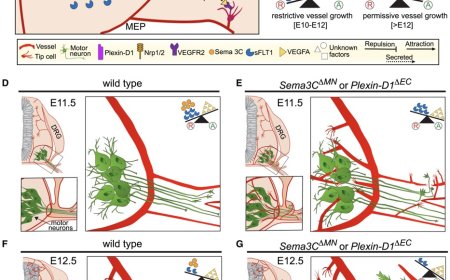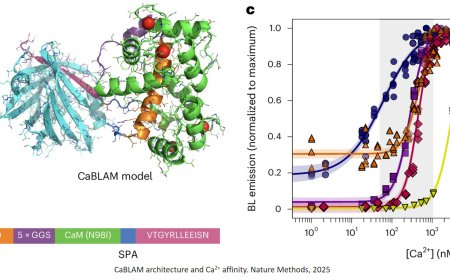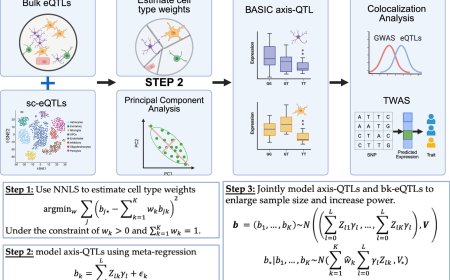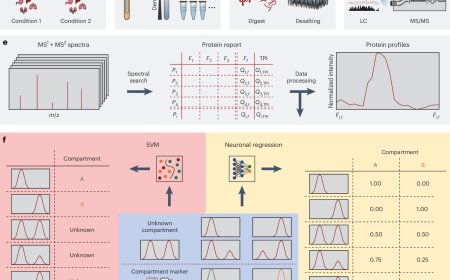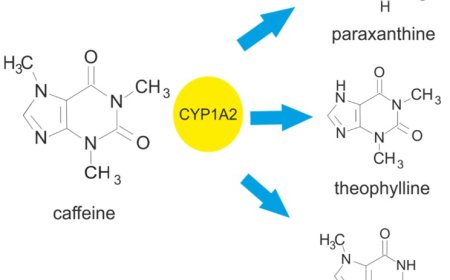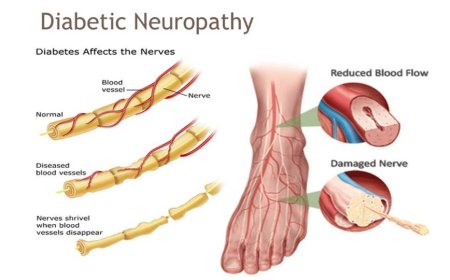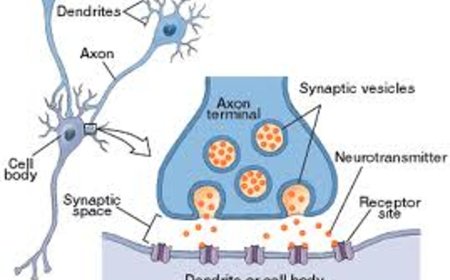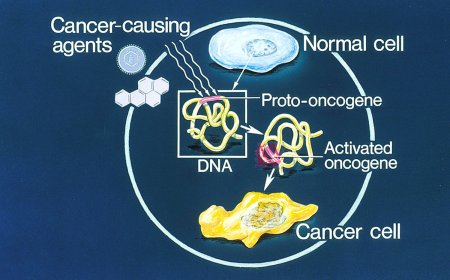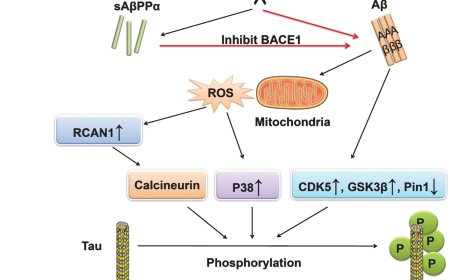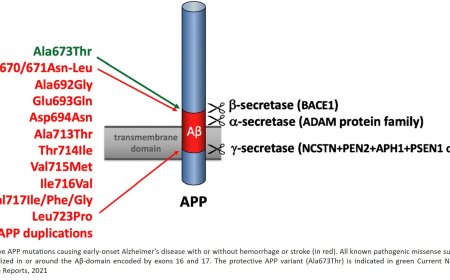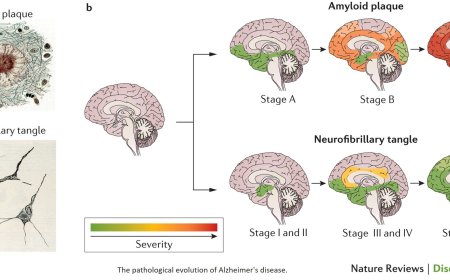Gamma secretase in Alzheimer's disease
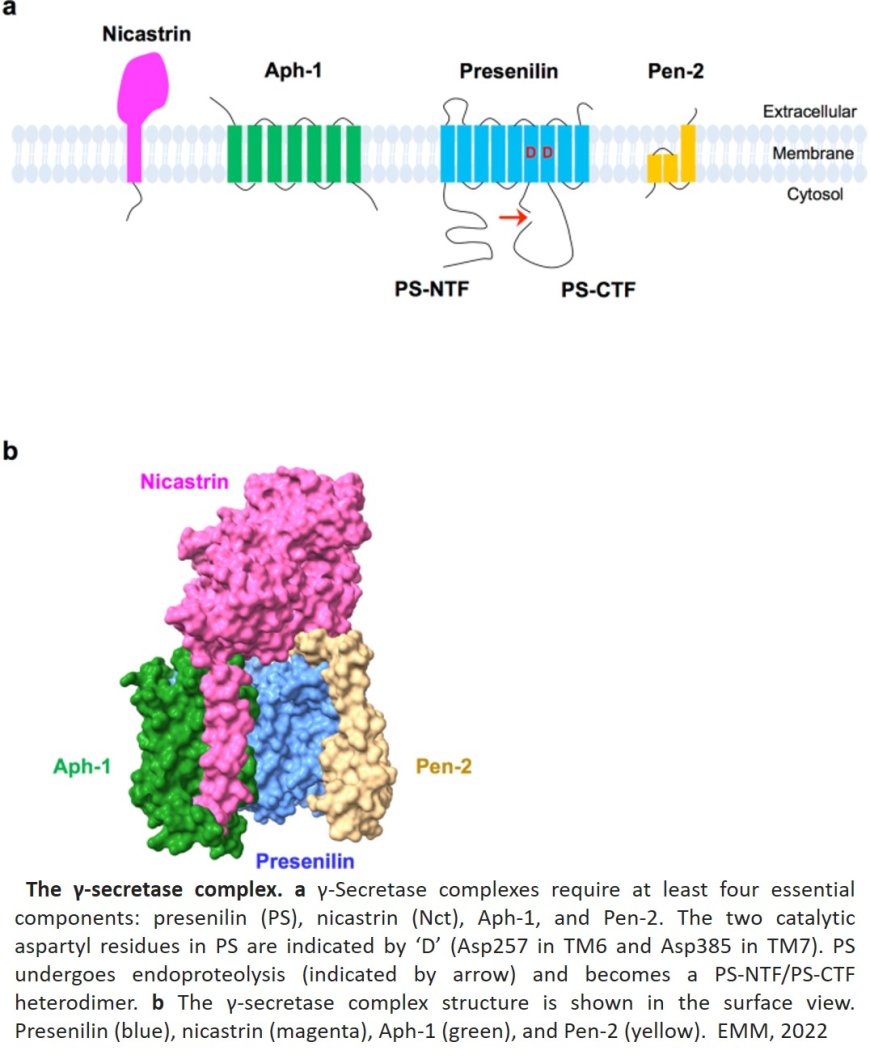
Gamma-secretase is a multi-subunit enzyme complex that plays a crucial role in the processing of amyloid precursor protein (APP) and other transmembrane proteins. Here's an overview of gamma-secretase:
Structure and Function
1. Multi-subunit complex: Gamma-secretase is composed of four subunits: presenilin (PS), nicastrin (NCT), anterior pharynx defective 1 (APH-1), and presenilin enhancer 2 (PEN-2).
2. Aspartic protease: Gamma-secretase is an aspartic protease that cleaves APP within the transmembrane domain.
3. Intramembranous cleavage: Gamma-secretase catalyzes the intramembranous cleavage of APP, releasing the amyloid-β (Aβ) peptide.
Substrates and Cleavage Sites
1. APP: Gamma-secretase cleaves APP at the γ-site (between Val711 and Ile712), releasing the Aβ peptide.
2. Notch: Gamma-secretase also cleaves the Notch receptor, releasing the Notch intracellular domain (NICD).
3. Other substrates: Gamma-secretase has been shown to cleave other transmembrane proteins, including CD44, EphB2, and N-cadherin.
Role in Alzheimer's Disease
1. Aβ production: Gamma-secretase is responsible for the production of Aβ peptides, which accumulate in the brains of individuals with Alzheimer's disease.
2. Presenilin mutations: Mutations in the presenilin genes (PSEN1 and PSEN2) are associated with early-onset familial Alzheimer's disease.
3. Gamma-secretase inhibitors: Inhibitors of gamma-secretase have been proposed as potential therapeutic agents for Alzheimer's disease.
Regulation of Gamma-Secretase Activity
1. Presenilin: Presenilin is the catalytic subunit of gamma-secretase and is required for its activity.
2. Nicastrin: Nicastrin is involved in substrate recognition and binding.
3. APH-1 and PEN-2: APH-1 and PEN-2 are required for the assembly and stabilization of the gamma-secretase complex.
Therapeutic Potential
1. Gamma-secretase inhibitors: Inhibitors of gamma-secretase have been proposed as potential therapeutic agents for Alzheimer's disease.
2. Modulators of gamma-secretase activity : Modulators of gamma-secretase activity, such as gamma-secretase activators, have also been proposed as potential therapeutic agents.
https://www.nature.com/articles/s12276-022-00754-8
https://sciencemission.com/%CE%B3-Secretase-in-Alzheimer%E2%80%99s-disease
